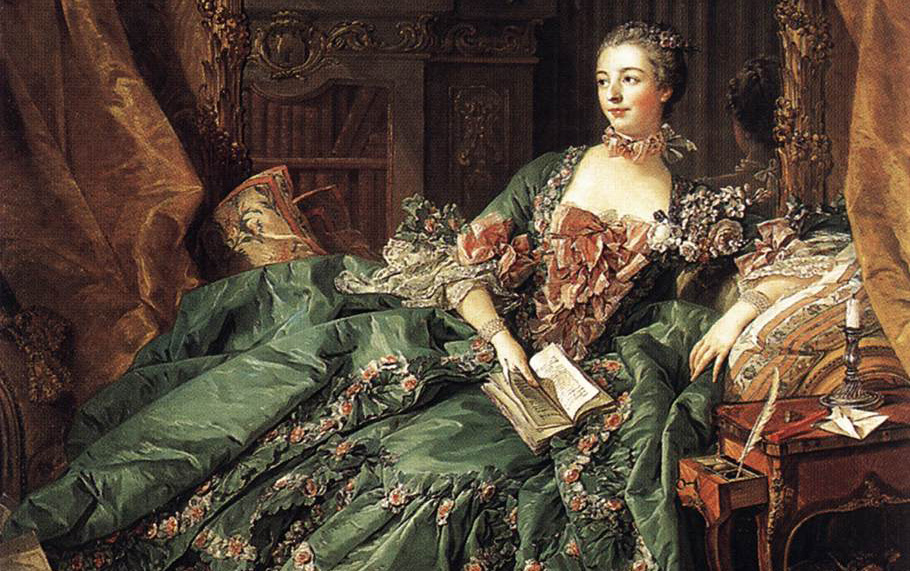 There was a time in history when some mistresses were not hidden away behind closed doors nor were they a source of shame. As a matter of fact, the maîtresse-en-titre, or official mistress of the king, was held in fairly high esteem in the 18th century. And, if these mistresses played their cards right, they could wield considerable power in the French courts.
There was a time in history when some mistresses were not hidden away behind closed doors nor were they a source of shame. As a matter of fact, the maîtresse-en-titre, or official mistress of the king, was held in fairly high esteem in the 18th century. And, if these mistresses played their cards right, they could wield considerable power in the French courts.
Gail Bossenga, Scholar-in-Residence at Elizabethtown College, explores the women who filled this semi-official royal position as part of her President’s Community Enrichment Series lecture taking place at noon Tuesday, April 5, in the Susquehanna Room of Myer Hall.
Bossenga’s research for “The King’s Mistresses: Power and Culture at the Court of Versailles, 1675-1775” came about as an offshoot of her broader research on the nature of the state of France during the 1700s.
“The mistress,” she observed, “is a good way to get at the attitudes of religion, government, women, family and society” of this time. Far from hiding in shame, the king’s “official” mistress was a public figure, openly known to diplomats, and, often, other powerful nobles used the mistress for their own political gain.
“ The people opposed it,” Bossenga said of the openly accepted relationship between the king and his lover. “A mistress might be roundly denounced, but he was the king….”
The people opposed it,” Bossenga said of the openly accepted relationship between the king and his lover. “A mistress might be roundly denounced, but he was the king….”
Throughout their lives, kings could go through several official mistresses in addition to some not-so-official. Though some kings never took a mistress, Louis IV had 11 known mistresses, three of them official. Louis XIV even secretly married his last mistress.
“If a mistress could hold on to the role of titular mistress, she could acquire a great deal of power,” noted Bossenga. Not only were these women quite beautiful, they also were smart,” she said. “They had an instinct for survival.” To keep the king’s favor, they needed to be resourceful and cunning.
Age was not necessarily a factor in the choice of a mistress, Bossenga said, noting that at times kings preferred the companionship of women who were older. And, though there was a sexual relationship, the mistresses also served as companions and occasionally provided religious support because kings, particularly at the end of their lives, said Bossenga, were “afraid of being damned.”
The concept of official mistress came into fashion during the reign of Francis I (1515-1547) and continued until the reign of Louis XV (1715-1774). His successor, Louis XVI, who was married to Marie Antoinette, never took a mistress. Both of them were guillotined during the French Revolution, and the days of kings and official mistresses came to an end.
Cost of the PCES lecture is $18 and includes lunch; pre-registration required at iaenrichseries@etown.edu.

